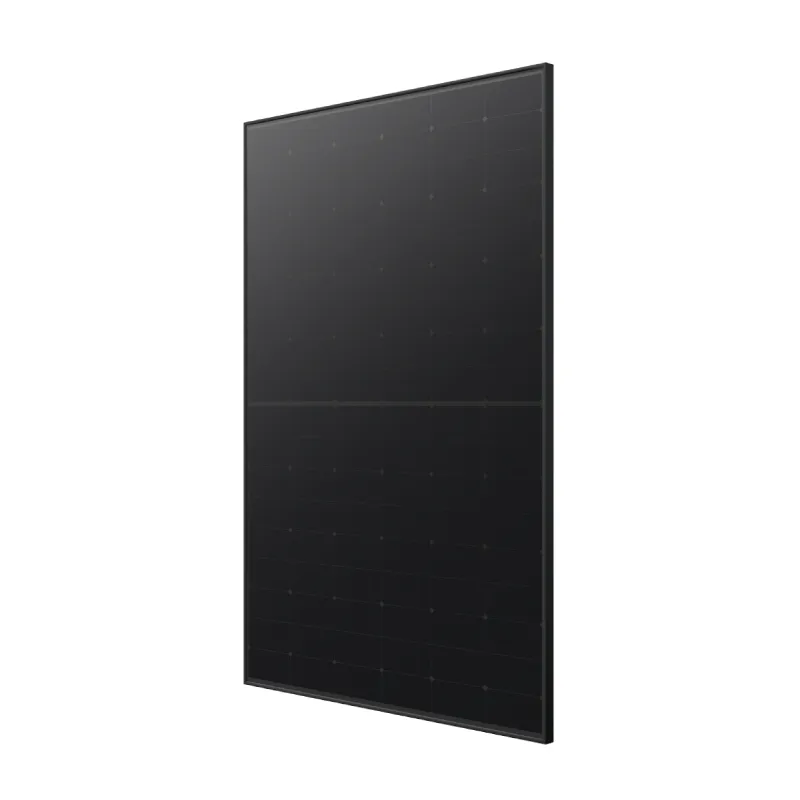A Guide to Understanding Solar Panel Dimensions and Their Cost Implications
Understanding Solar Panel Sizes and Prices
In recent years, solar energy has emerged as a popular alternative to traditional energy sources. As concerns over climate change and energy sustainability increase, many consumers and businesses are considering solar panels as a viable option. However, before making the transition, it is essential to understand the sizes and prices of solar panels, as these factors significantly influence the overall investment and energy production capabilities.
Solar Panel Sizes
Solar panels come in various sizes, typically ranging from 60-cell panels to 72-cell panels. The standard residential solar panel, which features 60 cells, measures approximately 65 inches by 39 inches. These panels are generally designed to generate about 250 to 300 watts of power. On the other hand, larger 72-cell panels, often used in commercial applications, measure about 77 inches by 39 inches and can generate between 300 to 400 watts of power.
The choice of panel size often depends on the space available for installation and the energy needs of the property. For smaller homes or those with limited roof space, 60-cell panels might be more suitable due to their compactness. Conversely, larger properties with ample roof space may benefit from the increased efficiency of 72-cell panels, which can produce more energy in the same footprint.
Another important factor is how many panels are needed to meet a household's electricity demand. On average, a home consumes about 877 kWh per month. With standard 300-watt panels, a homeowner would require approximately 20-25 panels to cover their energy usage entirely. Therefore, understanding the size and efficiency of the chosen solar panels becomes crucial to calculating overall energy production and requirements.
Solar Panel Prices
The cost of solar panels has decreased significantly over the past decade, making solar energy more accessible to a broader audience. The price per watt for solar panels ranges from $2 to $3 for standard monocrystalline or polycrystalline panels. The cost will vary depending on the brand, efficiency, and technology used in the panel.
solar panels sizes and prices

When considering the price of solar panels, potential buyers should also factor in the total installation cost, which often includes labor, permits, and additional equipment such as inverters and mounting systems. The overall cost for a complete solar system installation for an average-sized home typically falls between $15,000 and $25,000 before tax credits or incentives.
Additionally, various financial incentives and rebates can significantly lower the upfront cost of installing solar panels. In the United States, the federal solar tax credit allows homeowners to deduct 26% of the installation cost from their federal taxes. Many states and local governments also offer renewable energy incentives that can further reduce costs.
Balancing Size and Price
Ultimately, when choosing solar panels, consumers must balance the size and price with their energy needs and budget. Larger panels generally produce more energy but come at a higher cost. Conversely, smaller panels might be less expensive but could require more units to meet the same energy demand.
Furthermore, buyers should consider the long-term savings that solar panels can provide. While the initial investment may be significant, the reduction in monthly utility bills can lead to substantial savings over time. Most solar panels have a lifespan of 25 to 30 years, and many come with warranties to guarantee performance.
Conclusion
In summary, understanding the sizes and prices of solar panels is fundamental for anyone considering transitioning to solar energy. Homeowners and businesses alike should carefully evaluate their energy needs, available space, and budget before making a decision. By doing so, they can invest in a solar solution that not only fits their financial situation but also maximizes energy production and sustainability. As technology advances and prices continue to fall, solar energy represents a promising investment for a cleaner, more sustainable future.
-
Unlocking Energy Freedom with the Off Grid Solar InverterNewsJun.06,2025
-
Unlock More Solar Power with a High-Efficiency Bifacial Solar PanelNewsJun.06,2025
-
Power Your Future with High-Efficiency Monocrystalline Solar PanelsNewsJun.06,2025
-
Next-Gen Solar Power Starts with Micro Solar InvertersNewsJun.06,2025
-
Harnessing Peak Efficiency with the On Grid Solar InverterNewsJun.06,2025
-
Discover Unmatched Efficiency with the Latest String Solar InverterNewsJun.06,2025







